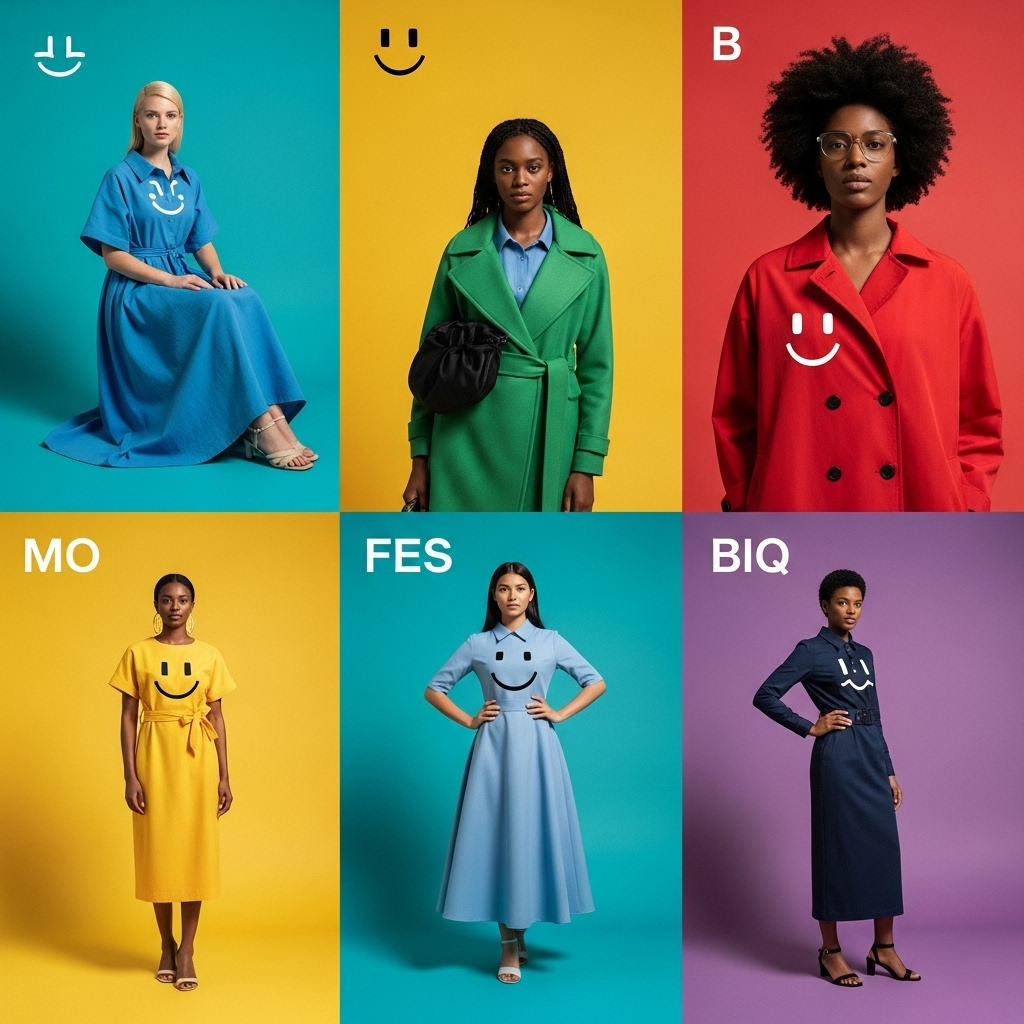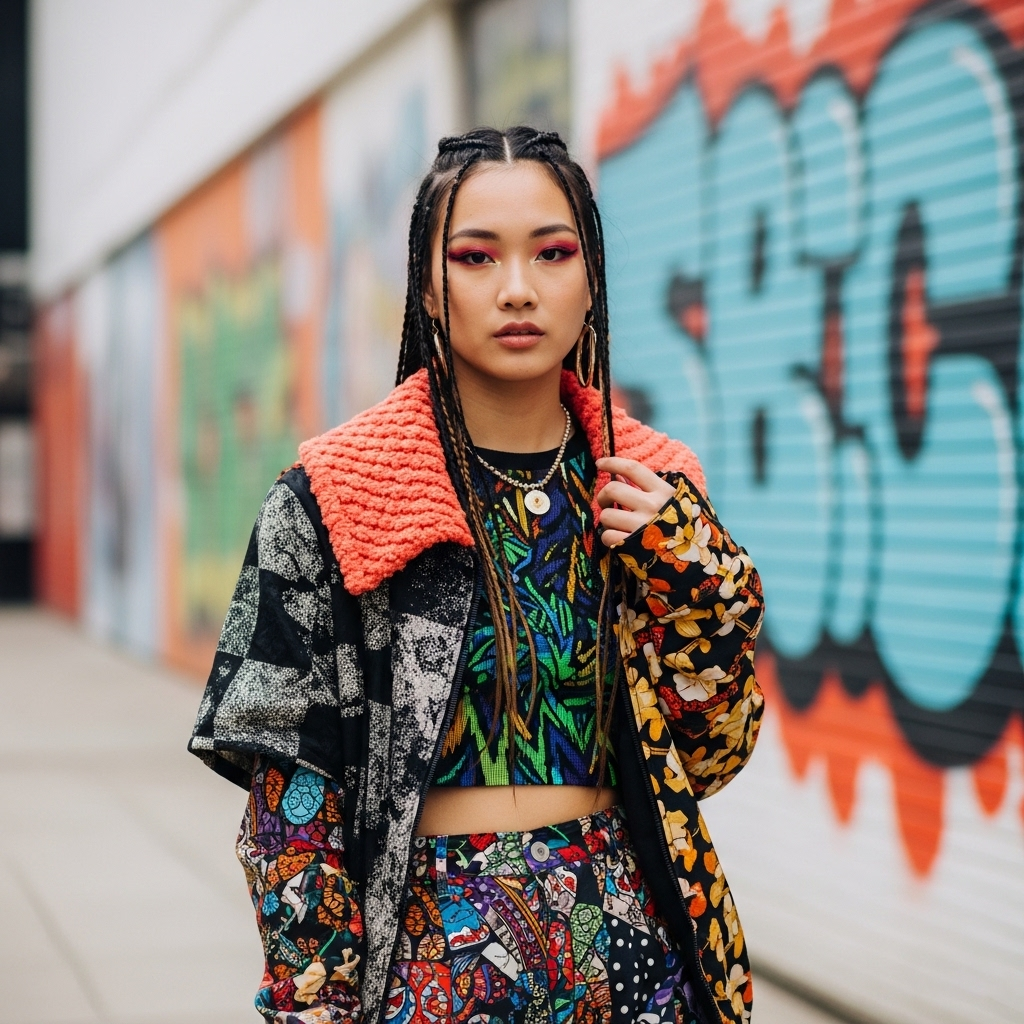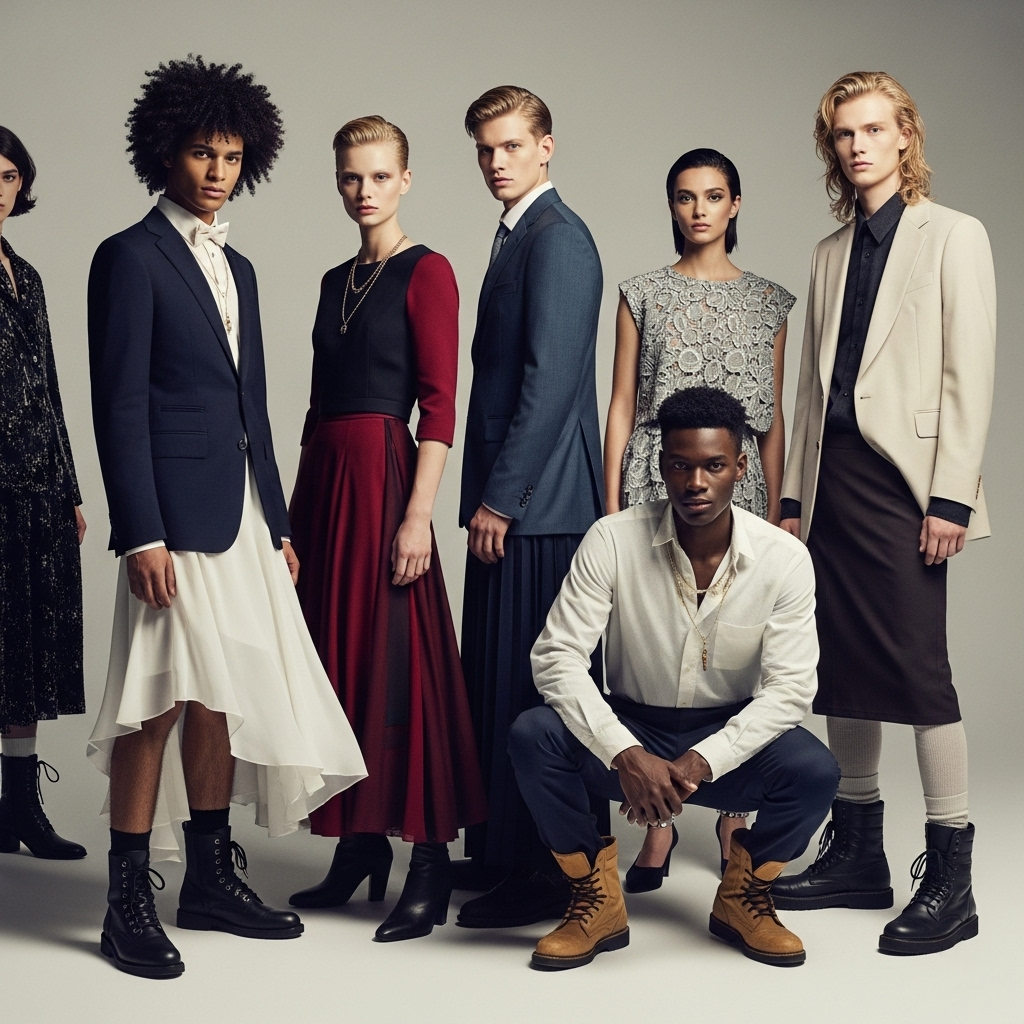No products in the cart.: $0.00
The Psychology of Color in Fashion

Color is a fundamental element of fashion, and its impact goes far beyond mere aesthetics. The colors we choose to wear can profoundly influence our mood, our confidence, and how others perceive us. Understanding the psychology of color in fashion can empower you to make more intentional choices about your wardrobe and harness the power of color to communicate specific messages and evoke desired emotions.
Different colors are often associated with specific psychological and emotional responses. For example, red is often linked to passion, energy, and confidence, while blue is typically associated with calmness, trust, and stability. Yellow can evoke feelings of happiness and optimism, while green is often associated with nature, growth, and tranquility. Black can convey sophistication and power, while white often symbolizes purity and simplicity.
The impact of color can also be influenced by cultural associations and personal experiences. What one color signifies in one culture might have a different meaning in another. Similarly, personal memories and associations with certain colors can shape individual preferences and emotional responses.
When it comes to fashion, the colors you choose to wear can have a significant impact on your own mood and self-perception. Wearing a color that makes you feel happy and confident can boost your overall demeanor and project a more positive image to the world. Conversely, wearing colors that make you feel uncomfortable or self-conscious can detract from your confidence and impact your interactions.
Furthermore, the colors you wear can also influence how others perceive you. In professional settings, certain colors might be more appropriate or effective than others. For instance, wearing navy blue or gray might convey professionalism and authority, while brighter colors might be more suitable for creative industries or social events.
Understanding the subtle messages that different colors convey can be a valuable tool in various situations. If you want to project confidence and make a statement, incorporating red accents into your outfit might be a good choice. If you want to appear approachable and trustworthy, wearing softer blues or greens could be more effective.
However, it’s important to note that the psychology of color in fashion is not an exact science. Individual preferences and the overall context of an outfit also play a significant role. Combining different colors and textures can create unique effects and convey more nuanced messages.
Experimenting with different colors in your wardrobe can be a fun and empowering way to explore your personal style and understand how different colors make you feel. Pay attention to the colors you naturally gravitate towards and consider the emotional responses they evoke in you. Also, observe how others react to different colors you wear.
Consider the occasion and the message you want to convey when choosing the colors for your outfit. Are you attending a job interview where you want to project confidence and professionalism? Or are you going to a social gathering where you want to appear friendly and approachable? Tailoring your color choices to the specific context can help you make a more impactful impression.
Beyond clothing, the psychology of color also extends to accessories, makeup, and even hair color. These elements can complement your clothing choices and further enhance the overall message you are conveying.
Ultimately, the best colors to wear are the ones that make you feel good and confident. While understanding the general associations and psychological effects of different colors can be helpful, your personal preferences and comfort should always be the primary guiding factors in your fashion choices.
In conclusion, color is a powerful psychological tool in fashion. By understanding the associations and emotional responses linked to different colors, you can make more intentional choices about your wardrobe and harness the power of color to influence your mood, your confidence, and how others perceive you.



